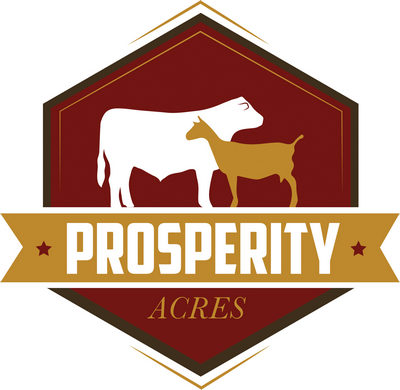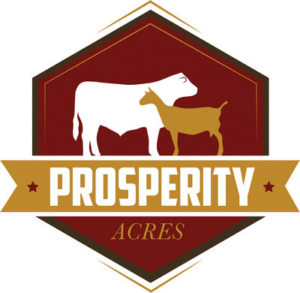Goat meat is reported by the US Department of Agriculture to be lower in fat, saturated fat, and cholesterol than beef, pork, lamb, chicken, or turkey. It is also higher in protein and iron than any of these meats. Goat meat is high in vitamin B12, and has balanced amino acids. Since goats are ruminants, goat meat is also a good source of conjugated linoleic acid (CLA,) a fatty acid that prevents and cures cancer and many inflammatory conditions in laboratory animals. Results of clinical studies with CLA in humans are still pending.
There is much interest in the potential role of CLA in human health and nutrition. Foods derived from ruminants (cattle, sheep, goats, deer, elk, mouse, antelope, and buffalo) are the primary sources of conjugated linoleic acid (CLA) in human diets. Meat, milk, cheese, yogurt, and butter from ruminants are all good sources of CLA. Products from non-ruminants (pork, poultry, eggs, and fish) are not significant sources of CLA, even when grass fed.
Much research has been done on factors affecting the amounts of CLA in milk and meat of ruminants. In 2004 R.C. Khanal and K.C. Olson from Utah State University Dept. of Animal, Dairy, and Veterinary Science published a review of the research done to that date, citing one hundred and thirty references. Most of the work has been done with cattle and most of that work with milk. Based on very limited studies with sheep and goats there were no great difference between cattle, sheep, and goats in levels of CLA in the meat and milk. Type of feed appears to be the biggest factor affecting CLA levels in milk and meat. Animals on immature high quality pastures produce the highest levels of CLA. Animals on mature pastures, preserved forages such as hay and silage, or high concentrate mixed rations produce lower levels of CLA than animals on good quality pastures.
Research shows that animals on pastures having a large variety of different forages produce more CLA than animals on pastures with only a few types of forages. This is a strong argument for grazing cattle and goats together on the same pasture. Each species prefers different grasses, legumes, weeds, and sprouts. When a pasture is fully socked with just one species of ruminant the forages that the species likes best usually get killed out from over grassing and one ends up with only a few forages which can tolerate heavy grazing. Stocking with both cattle and goats put less grazing pressure on each species of forage. Stocking both cattle and goats also reduces internal parasite problems in both species.
Fresh goat meat available by the cut or whole cut up. Call for an appointment

